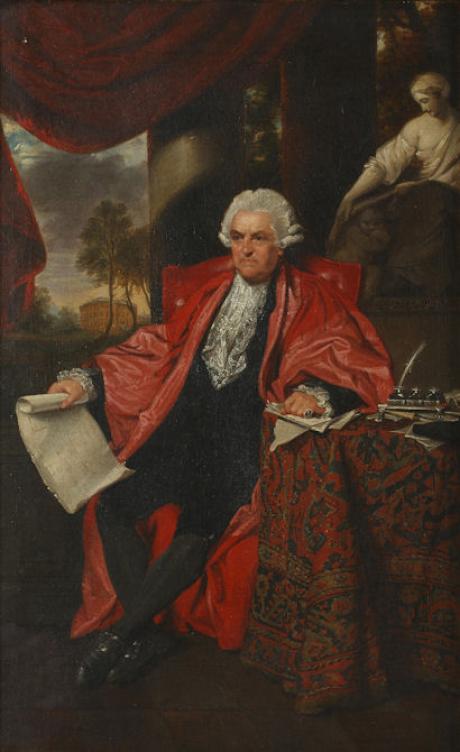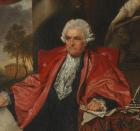.
John Ash, (bap. 1722, d. 1798), physician, was baptized at St Michael's Church, Coventry, on 25 July 1722, the younger son of Joseph Ash, a prosperous local brewer, and his wife, Anna. He was probably educated at King Henry VIII School, Coventry, before entering Trinity College, Oxford (BA 1743; MA 1746; MB 1750; MD 1754). It has been said that Ash travelled and studied in Europe for some eight years after leaving Oxford, but in 1752 he took a house in Temple Row, Birmingham, from which he practised until 1769. By 4 November 1765 Ash was sufficiently established in the town to arrange a public meeting of potential supporters in favour of building a new infirmary there. When the Birmingham General Hospital opened in October 1779, Ash was a substantial subscriber and the most senior of its four honorary physicians, consulting there for three months during the year.
Ash's associates at the hospital included William Small, who arrived in Birmingham from Virginia in 1766, and was sharing Ash's consulting rooms by March of that year, and William Withering, who became one of Ash's closest friends and colleagues. Ash was reputed to have made £25,000 from his very considerable practice; his patients included the antiquary William Hutton and the poet William Shenstone. His income enabled him to build a sumptuous house, Ashted, to the north of Birmingham on land leased from Sir Lister Holte MP of Aston Hall. Ash became a prominent citizen of the growing town, serving as one of the first Lamp Act commissioners and as a governor of the King Edward VI School; he was also a proprietor of the Birmingham Canal. Although not one of the close-knit fourteen who formed the Lunar Society, he was on cordial terms with various members: Matthew Boulton (for whom he gained admission to the British Museum) and Robert Augustus Johnson (whom he proposed as a fellow of the Royal Society).
As early as 1781 there were fears for Ash's mental health, as Withering undertook more consultations. Although a locum for Ash at the hospital was discussed early in 1786, he did not resign his appointment there until 17 December 1787. Contemporaries noted that a decline in Ash's practice had ‘hurt his spirits’ and he had come to regret the cost of building Ashted. He disposed of the lease and in 1788 went to Bath; the house was later converted into a chapel. Ash was admitted as a candidate of the Royal College of Physicians on 22 December 1786, and became a fellow a year later. Also in 1787 he was elected a fellow of the Society of Antiquaries and joined the Dilettanti; he was elected FRS on 8 November. In London he founded the Eumelian Club, a convivial learned society which met at the Blenheim tavern, Bond Street, and whose members included Joshua Reynolds, Richard Payne Knight, and James Boswell. Between April and July 1788 Reynolds painted Ash's portrait for the General Hospital, for which the governors paid £210.
It was claimed that Ash recovered from his mental disorder by studying botany and mathematics. He settled in London to practise and became a leading member of the Royal College of Physicians, being censor in 1789 and 1793, Harveian orator in 1790, Goulstonian lecturer in 1791, and Croonian lecturer in 1793. In 1788 he published Experiments and observations to investigate by chemical analysis the properties of the mineral waters of Spa, Aix, followed in 1790 by the Oratio Harveiana. Ash lived in Brompton Row, Knightsbridge, and died there on 18 June 1798. He was buried on 26 June in the small vault of St Mary Abbots, Kensington, which was rebuilt between 1869 and 1872; there is no surviving monument or tablet to him. In 1965 a lecturership in Ash's memory was established at the faculty of medicine, University of Birmingham.
Joan Lane DNB



